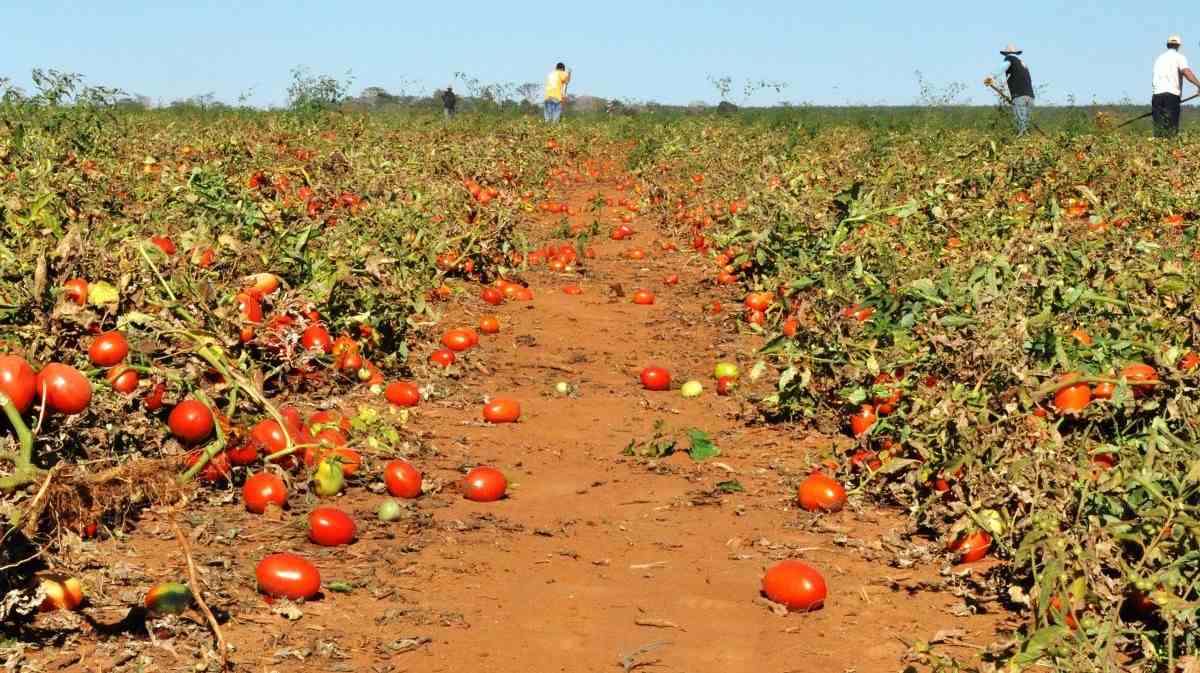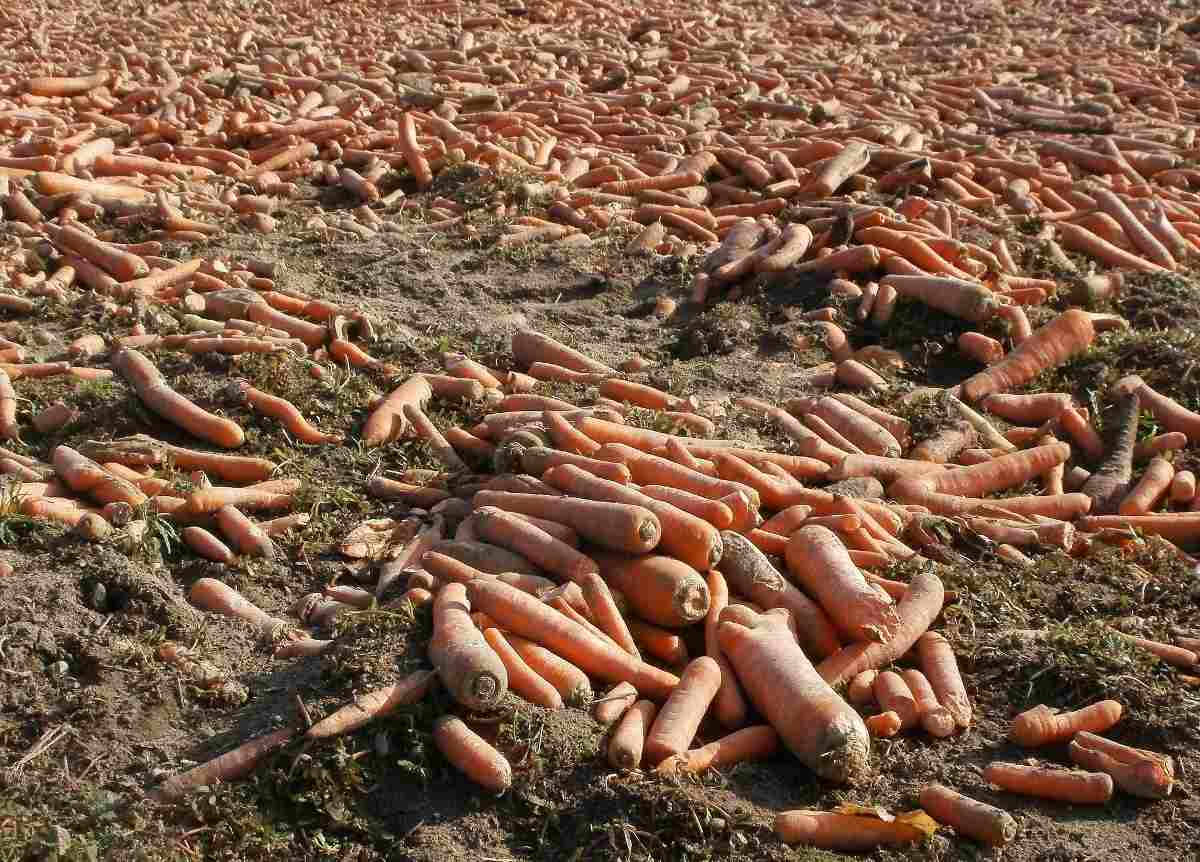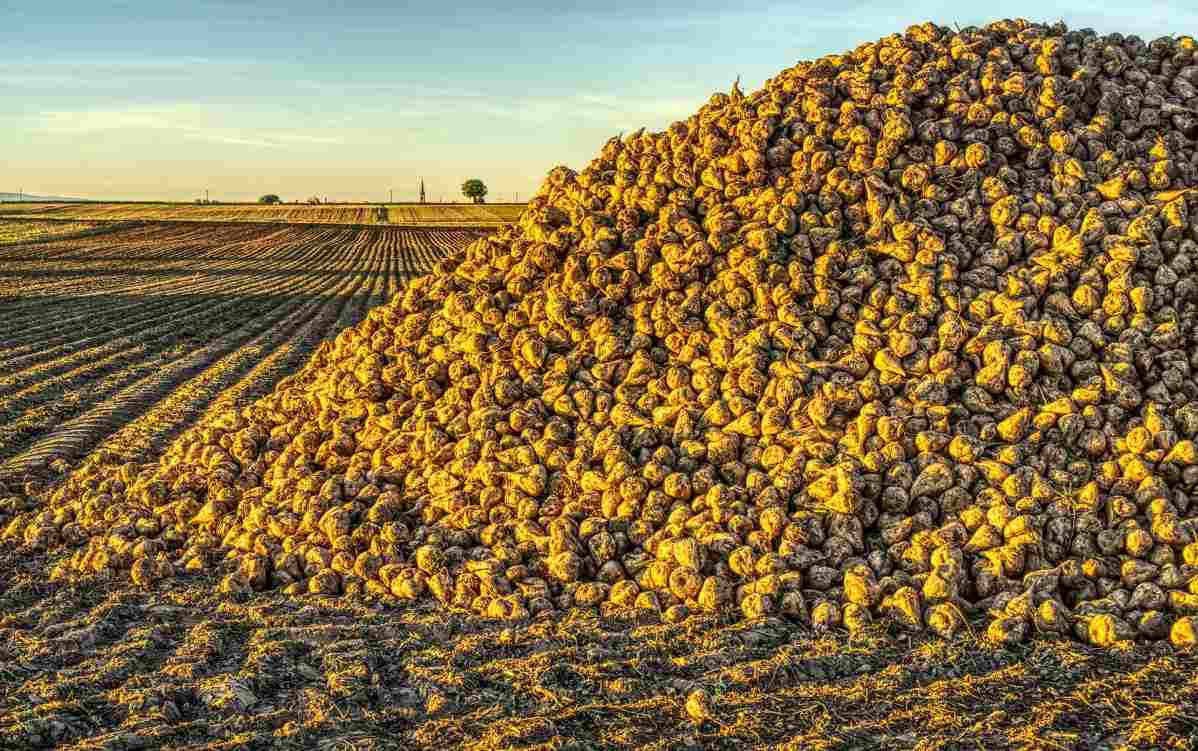Introduction: Hi farmers, today we have a good information of post harvesting technology of vegetables. Post-harvest technology (PHT) is most popularly known as post-harvest handling. It is a series of methods and techniques used in the preservation of agricultural commodities after harvest. PHT is applied to agricultural commodities for the main purpose of preservation, conservation, quality control, and enhancement. Also processing, packaging, storage, distribution, marketing, and utilization to meet the food and nutritional requirements of consumers to their needs.
A guide to post harvesting technology of vegetables
If harvesting covers the period when the different products are grown are removed from the field, after maturity, the post-harvest period runs from exit from the field to the time of culinary preparation. For various reasons, particularly to allow the straw and grain to dry fully, harvesting could be delayed sometimes for months. Some people prefer to speak of “post-production” to indicate the link between harvesting operation and post-harvest operations.

Post-harvest for fresh vegetables and root crops is a science created with the aim of;
- Reducing the level of weight loss after harvesting vegetables.
- Maintaining vegetable quality for the final consumer.
Post-harvest treatments deal with vegetable protection and enhance vegetable quality; the development of post-harvest treatments has permitted the creation of the current global vegetable trade.
Post-harvest technology encompasses a sequence of activities that can be divided into two groups. They are;
Technical activities – Harvesting process, field drying, threshing, cleaning, additional drying, storage, processing;
Economic activities – Transporting, marketing, quality control, nutrition management, extension, information and communication, administration and management.
Post-harvest technology management involves all kinds of treatments. Freshly harvested commodity or horticultural produce is made to undergo these treatments to minimize losses and increase its shelf-life and add value to the product. Efficient techniques for harvesting, transportation, handling, storage, processing/preservation, packaging, etc., are the components of post-harvest management.
You should not miss the Crops Suitable for Silt Soil.
Main elements of the post harvesting technology of vegetables
The time of vegetable harvesting is determined by the degree of maturity. Pre-harvest field drying ensures excellent preservation but heightens the risk of loss due to attack (birds, rodents, and insects). On the other hand, harvesting before maturity entails the risk of loss through molds and decay of some of the seeds.

Transport
Care is required in transporting a mature harvest, to prevent detached grain from falling on the road before reaching the storage or threshing place. Initial transport of the harvest depends on the place and some conditions where it is to be stored, mainly with a view to threshing.
Post-harvest drying
The length of time required for the full drying of ears and grains depends considerably on weather and atmospheric conditions. In structures for lengthy drying such as cribs, or even unroofed threshing floors or terraces, the harvest time is exposed to wandering livestock and the depredations of birds, rodents or small ruminants. Apart from the actual wastage, the droppings left by these marauders often result in higher losses than what they eat.
Vegetable drying or dehydration
In the drying process sufficient moisture is removed by the application of artificial heat under controlled conditions such as temperature, humidity, and airflow to protect the product from spoilage.
All dried vegetables are arranged by soaking and cooking. Good quality dried products, after cooking and if properly treated must be similar to cooked fresh produce. The following soaking or cooking methods are recommended;
Quick method – Coldwater has carefully added to the dried product ten times the weight of the dry product.
Slow method – Cold water is added to the dry vegetable and is left to soak for 1 – 2 hours before cooking. The product is then cooked in the same soaking water and actual cooking time is shorter than that for the quick process.
Washing
It used not only to remove field soil and surface micro-organism but also to eliminate fungicides, insecticide and other pesticides from vegetables. Washing water contains detergents or other sanitizers that can effectively completely remove these residues.
Sorting and grading
This sorting and grading step covers two separate operations;
- Remove of non-standard vegetable plants and possible foreign bodies remaining after washing and
- Quality grading based on plant variety, dimensional organoleptic and the maturity stage criterion.
Skin removal or peeling
Some vegetables require skin removal and this can be done in various ways.
Mechanical – Various types of equipment which depend upon the characteristics of the vegetables are used.
- A device with an abrasion device (potatoes, root vegetables);
- Equipment with knives (apples, pears, potatoes, etc);
- Equipment with rotating sieve drums (root vegetables).
Chemical – Skin can be softened from the underlying tissues by submerging vegetables in hot alkali solution. Lye may be used at a concentration of about 0.5 to 3 %, at about 93°C for a short period (0.5-3 min).
Thermal – In these process vegetables with thick skin such as beets, potatoes, carrots, and sweet potatoes can be peeled with steam under pressure as they pass through cylindrical vessels. When the pressure is released, steam under the skin expands and causes the skin to puff and crack. The vegetable skins are then washed away with jets of water at high pressure up to 12 atm.
Blanching
The special heat treatment to inactivate enzymes is called blanching. Small vegetables can be adequately blanched in boiling water in a minute or two; large vegetables can require several minutes.
- To reduce losses of hydrosoluble substances like mineral salt, vitamins, sugars, etc could occurring during water blanching, several methods have been developed;
- Temperature setting at 85 to 95°C instead of 100°C;
- Blanching time has to be sufficient to inactivate enzymes catalase and peroxidase;
Cooling of vegetables after water blanching can be performed to avoid excessive softening of the tissues.
Threshing
If a harvest is threshed before it is dry enough, this process will most probably be incomplete. Furthermore, if the vegetable is threshed when it is too damp and then immediately heaped up or stored (in a granary or bags), it will be much more susceptible to attack from micro-organisms, thus limiting its preservation.
Storage
Facilities, hygiene, and monitoring should all be adequate for effective, long-term storage. In closed structures like granaries, warehouses, and hermetic bins, control of cleanliness, temperature and humidity are particularly important. Damage caused by pests such as insects, rodents, and molds can lead to deterioration of facilities (example mites in wooden posts) and effect in losses in quality and food value as well as quantity.
Processing
Excessive hulling or threshing can result in grain losses, particularly in the case of rice (hulling) which can suffer cracks and lesions. The grain is then not only worthless but becomes vulnerable to insects such as the rice moth (Corcyra cephalonica).
Vegetable powder processing
This technology has been used mostly for potatoes (flour and flakes), carrots (powder) and red tomatoes (powder). To get these finished products there are two processes;
- Drying of vegetables down to a final water content below 4 % this followed by grinding, sieving and packing of products;
- The vegetables are transformed by boiling and sieving into purees that are dried on heated surfaces under vacuum preferably or by spraying in hot air.
Marketing
Marketing is the final and decisive element in the post-harvest system, although it can occur at different points in the agro-food chain, particularly at some stage in processing. Also, it cannot be separated from transport, which is an essential link in the system.
You may also like the How to find Soil Health, Soil Health Indicators.
Harvesting and pre-processing in vegetables

When the vegetable plants are maturing in the field they change their form day today. There is a time when the vegetable plants will be at peak quality from the stand-point of color, texture, and flavor. After the vegetable is harvested it could quickly pass beyond the peak quality condition. Production of heat is the reason when large stockpiles of vegetables are transported or held before processing. Since the heat further deteriorates the vegetables and speeds micro-organism growth, the harvested vegetables should be cooled if not processed immediately. Though, cooling only slows down the rate of deterioration, it does not prevent it. Each vegetable has its optimum cold storage temperature which can be between about 0 to 10°C (32-50°F). The continual loss of water by harvested vegetables due to transpiration, respiration and physical drying of cut surfaces effect in wilting of leafy vegetable plants.
A 10°C increase in temperature change will cause vegetables to deteriorate twice as fast, with encouraging disease organisms to grow twice as fast as well. This is why it is very important to remove field heat from the product as quickly as possible after harvest. Important as it regulates the amount of refrigerant entering the evaporator coils. In many processing plants, it is a regular practice to process vegetables immediately as they are received from the field. Cooling of vegetables in the field in general practice in some areas. Liquid nitrogen-cooled trucks may next provide transportation of fresh make to the processing plant or directly to the market.
Post harvesting technology and storage considerations of vegetables
Packaging
Packaging must be designed to prevent physical damage to products, and be easy to handle.
Temperature
Temperature is the most important factor in maintaining quality after harvest. Refrigerated storage retards the following elements of deterioration in perishable vegetable crops;
- Aging is mainly due to ripening, softening, and textural and color changes;
- Undesirable metabolic changes and respiratory heat production;
- Moisture loss and the wilting that result;
- Spoilage is due to invasion by bacteria, fungi, and yeasts;
- Undesirable growth, such as sprouting of potatoes.
Incase if you miss this: Income from Turmeric Farming.
The procedure of post harvesting technology in vegetables
Temperature and humidity are mainly used to control the shelf-life of commodities in refrigerated cold stores.
Temperature management practices
Temperature management is an important tool that we have to extend the shelf-life of fresh horticultural commodities after harvesting the produce. Temperature management begins with rapid removal of the field heat by using one of the given following cooling methods;
- Hydro cooling;
- In package ice;
- Top icing;
- Evaporative cooling;
- Room cooling;
- Forced air cooling;
- Serpentine forced air cooling;
- Vacuum cooling; and
- Hydro-vacuum cooling.
Cold storage facilities must be well constructed and adequately equipped. They must have;
- Good construction, and insulation and vapor barrier;
- Strong floor;
- Adequate doors for loading and unloading;
- Effective distribution of refrigerated air;
- Properly located controls;
- Enough refrigerated coil surface;
- Capacity adequate to expected needs;
- Appropriate stacking of the produce.
Controlled atmosphere
The controlled atmosphere is the addition or removal of gases resulting in an atmospheric composition surrounding the commodity that is different from that of the air 79% of nitrogen, 21% of oxygen and traces of carbon dioxide. Usually, this involves the reduction of oxygen and elevation of carbon dioxide, in a completely sealed room. The use of a controlled atmosphere can be considered as a supplement to the proper temperature and humidity procedures. The controlled atmosphere is used for a certain number of crops to extend shelf-life, reduce disorders, for example, chilling injuries, reduction of pathogens and some insect control.
Post-harvest system and losses
Seeds of poor quality, inadequate farming, or insect attacks in the field can provoke losses of products even before their harvest. But we are concerned here only with the prevention of losses after the harvest season. From the harvest onward, then, the grain undergoes a series of operations during which quantitative and qualitative losses can happen.
The sequence of these operations and the conditions in which they take place can, furthermore, make physical and biochemical phenomena that will bring about an alteration of the grain at later stages in the post-harvest system. A late harvest time, for example, can bring about losses from attacks by birds and other pests. Insufficient drying of grain can cause losses from the development of molds and other insects. Threshing could cause losses from broken grains and encourage the development of insects.
Poor storage conditions could bring about losses caused by the combined action of molds, insects, rodents and other pests. Transport conditions or defective packaging of grain could lead to quantitative losses of product. Finally, in addition to these factors, others can often be partly responsible for post-harvest losses, such as marketing practices, sectoral policies, and other socio-economic aspects. That’s all folks you have enjoyed reading this post- harvesting technology vegetables.
You may be interested in How to Grow Leafy Greens in Containers.
Its very good subject for those interested in farming.
I have found the information is very good especially for serious farmers, and also helps students who are still learning about farming. The information on postharvest technology helps farmers and farm product consumers have good farm products, when postharvest losses are controlled
Thank you